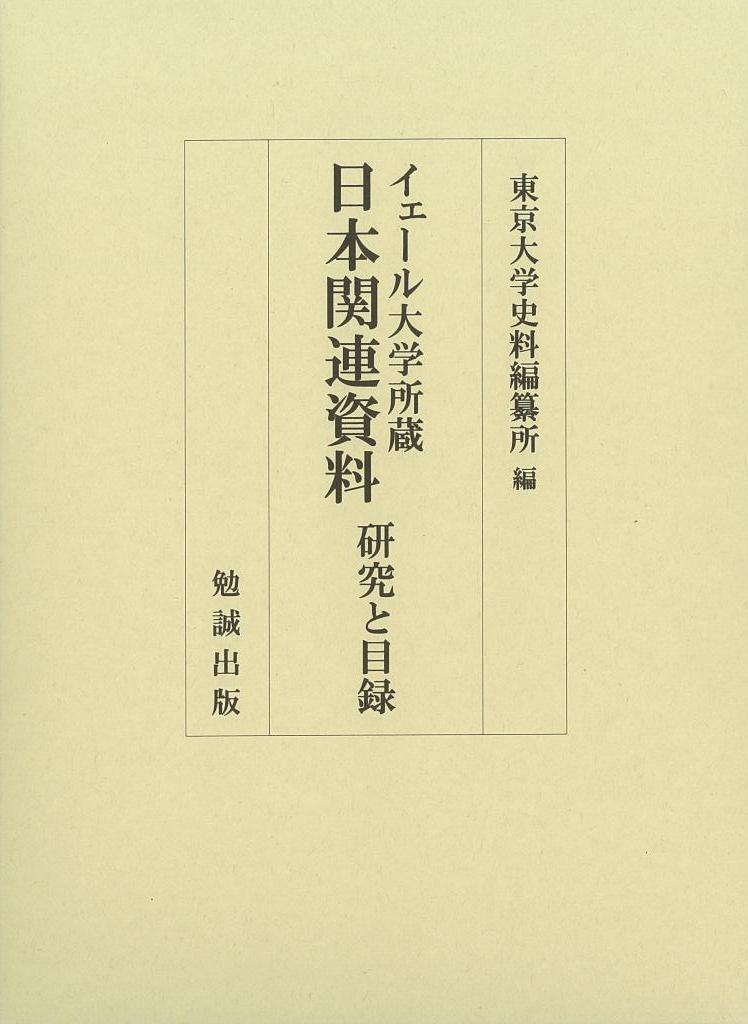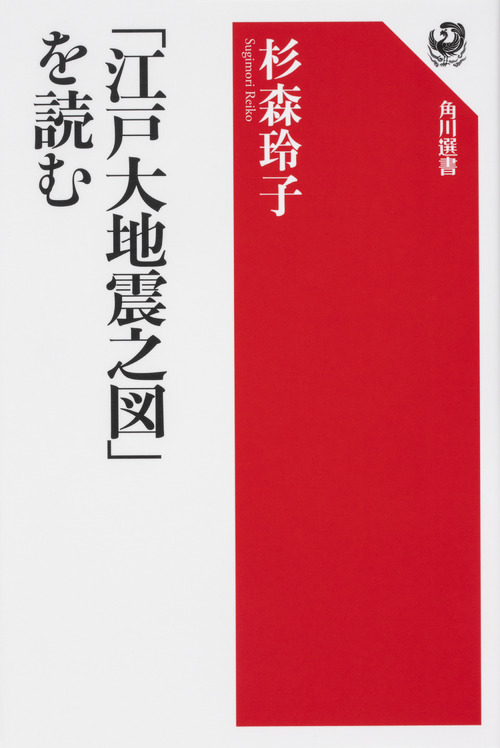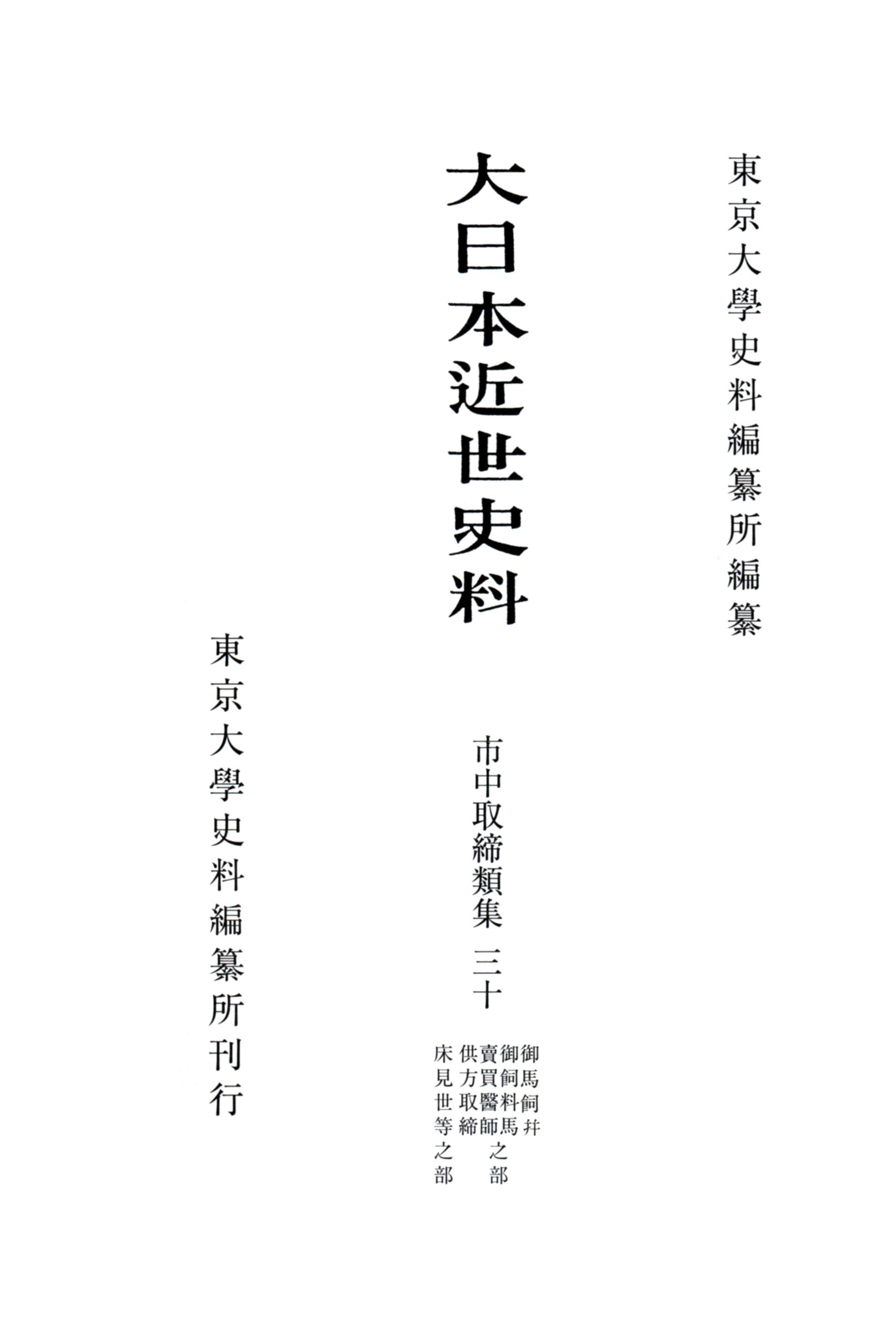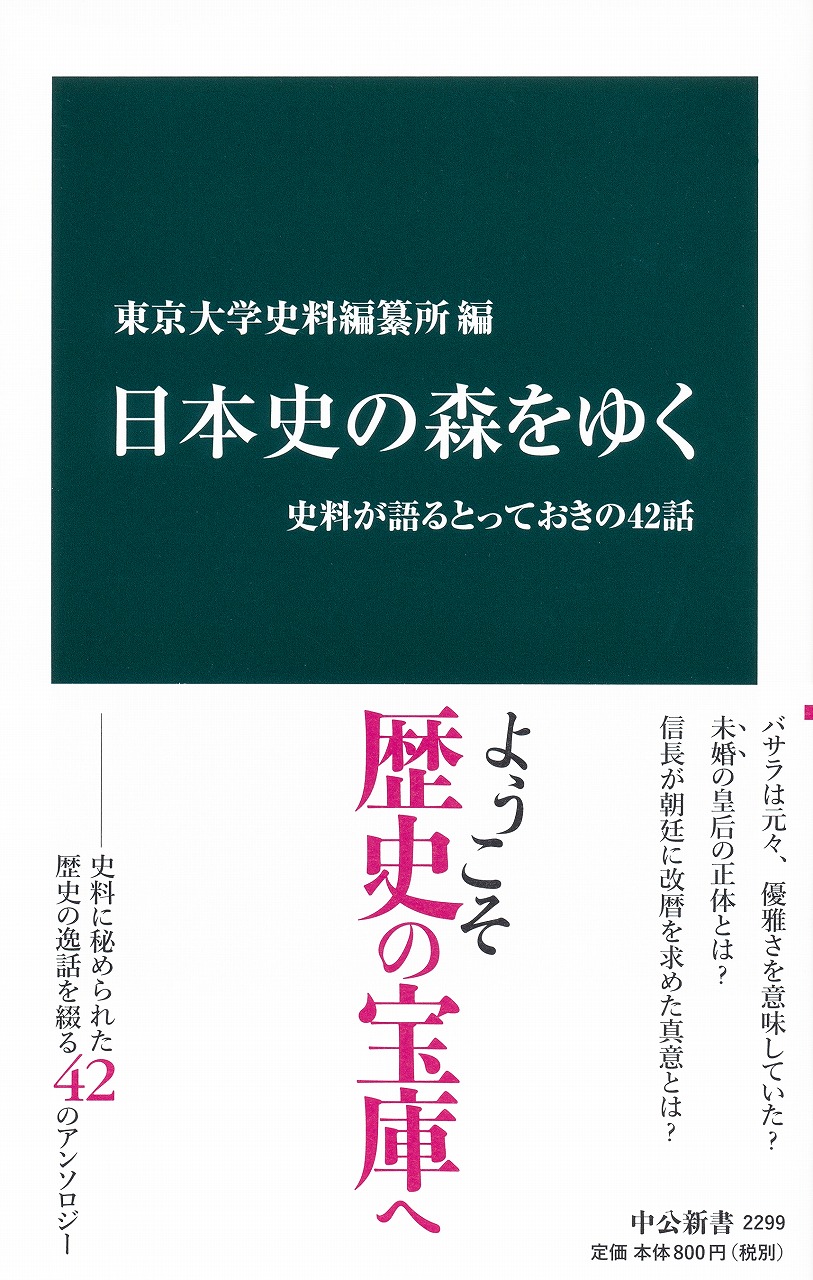
Title
Yale University Collection Nihon kanren shiryō (Japan-related Materials: Research and Cataloging)
Size
664 pages, A5 format, hardcover
Language
Japanese
Released
March 31, 2016
ISBN
978-4-585-22144-9
Published by
Bensei Publishing Inc.
Book Info
See Book Availability at Library
Japanese Page
As part of its overseas collection, Yale University holds an unparalleled scope and diversity of Japanese-related materials. Among the many people involved in this collection’s creation, Kan’ichi Asakawa (1873–1948) stands out as having played a preeminent role. Asakawa emigrated to America in 1895 and worked as a professor of history and curator of the East Asian Collection at Yale University. While Asakawa’s The Documents of Iriki laid the foundations for Western studies on medieval Japan, the purchases, copies, transcripts, and so on that he collected in two trips back to Japan during 1906–07 and 1917–19, along with materials subsequently donated in response to Asakawa’s suggestions, form the bulk of Yale University’s Japan-related collection. The Historiographical Institute of the University of Tokyo cooperated in Asakawa’s surveys and material collection. Even after Asakawa lived the remainder of his life in America, the Institute cooperated in the revision of commentaries on his writings’ internal reissues as they were published. In 2010 – 2015, the National Institutes for the Humanities called for participation in survey research on Japan-related materials overseas, and the Historiographical Institute launched a project involving the promotion of Japanese Studies involving the reuse of the Japan-related materials held by American university collections, with Yale University first and foremost. Thus, Japan-related Materials consists of a summarized report of this initiative’s outcomes, constituting both an academic study and a materials catalog.
Through the academic study, new knowledge has been gained from the following diverse sources: large-scale collections of Japanese documents originally established at Yale University before Asakawa’s time; materials collected by Asakawa; clarification of the process whereby such collections of Japan-related materials were constructed and assembled; a number of individual materials; observation and repair of originals; and combining and comparing related historical materials in Japan. The catalog contains, along with survey records of the Beinecke Rare Book & Manuscript Library, the Kyoto City Library of Historical Documents synopsis and catalog.
This project has been well recognized as noteworthy. Awareness of the project’s value deepened every time we conducted a literature survey, held joint workshops and symposiums with American and other researchers in Japanese history and literature, and examined the contents involved. Also, while a folding screen with a classical passage appended (donated in 1934 by the Japan Yale Society to Yale University) was in the process of being restored at the Historiographical Institute, it was determined that it had been produced at the Historiographical Institute immediately before the donation took place, leading to a re-thinking of the content of the classical passage; restoration and research thus progressed in tandem. The academic significance of this volume lies in the way in which the nature and value of Japan-related materials forgotten for long stretches of time has been discovered as a direct outcome of the unparalleled achievements of the Historiographical Institute.
Meanwhile, at Yale, there is a movement toward reactivation of Japanese studies, with lectures using Japan-related materials, exhibitions, and other displays. If this re-visioning of Japan-related materials constitutes an opportunity to make progress in Japanese Studies, one might hope that this study will have educational and social significance.
(Written by SUGIMORI Reiko, Associate Professor, Historiographical Institute / 2017)
Related Info
http://beinecke.library.yale.edu/sites/default/files/Treasures-from-Japan_medium_pages_1.pdf



 Find a book
Find a book





